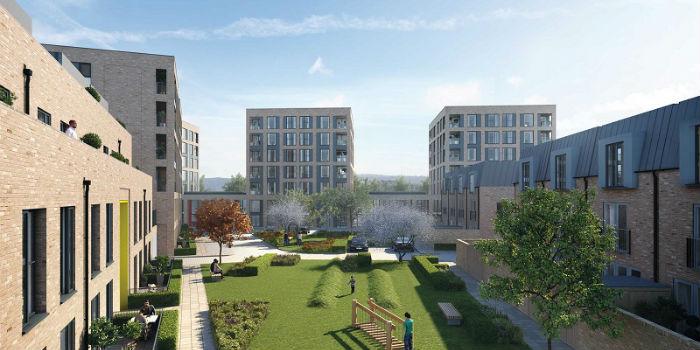 International. This is how system integrators can improve their value to end customers by linking building automation systems to safety.
International. This is how system integrators can improve their value to end customers by linking building automation systems to safety.
The interaction of business leaders and organizations with digital technology is growing exponentially. Its adoption and integration will continue to grow in the security industry and rapidly evolve around solutions that were impossible to understand just a few years ago.
That said, Drew Alexander (Stanley Security) suggests to us that there are many problems and challenges that arise when this technology is integrated, and perhaps there is no better illustration than the convergence of building automation systems (BAS) and physical security systems.
The main functionalities of BAS are to keep the indoor climate within a specific range; meet lighting needs based on a schedule or occupation; adjust monitoring when devices within the system do not work well; and, provide custom alarm reports.
The control of mechanical, electrical, energy, air conditioning and plumbing management from a board or platform has led to innovative technology while offering the promise of comfort and customization.
This is a typical scenario: it's 6:00 a.m. on Monday morning and the building's automated scheduling activates the HVAC system, turns on lighting in specific areas, runs various system checks to ensure comfort during business hours.
Then, at 6:00 p.m., BAS programming ensures that the building operates efficiently during non-traditional hours. At any given time, the various systems can be audited and routed through the BAS dashboard. The IT department and budget have slowly absorbed this aspect.
Build a package to manage comfort, increase return on investment
The physical security space has had its own version of convergence for many years. This is a typical scenario of the security system: it is 7:00 a.m. And the front doors of the building are automatically unlocked; the intrusion system is automatically set to an "unarmed" state; video surveillance continues to run, providing recorded events in specific alerts, while the fire alarm system continues to monitor the entire building in the background.
At 7:00 p.m., the perimeter of the building is blocked, the intrusion system is put into an "armed" state, and the surveillance system becomes more active using video analysis and perimeter detection.
The internal facilities department, the security department and the security integrator have been key to addressing this convergence. Today, security integrators are successfully linking BAS and physical security systems into project applications.
There is no longer a "wait and see" mentality regarding these two worlds. Efficient operation of building systems, reduction in energy consumption, lower operating costs and improved utility lifecycle are now being written into the project specifications.
Some proactive measures will help resolve some common integration errors.
Understand budget impacts
When implementing physical devices that enable this solution, there are new and unique costs, as well as the cost savings of integrating the various disparate entities.
Total convergence of systems is easier when designing into new construction projects. ROI from properly installed IoT rules-based sensors, switches, and analytics can occur in as little as six months.
Additional benefits related to fewer service tickets and truck rolls, sustainability and environmental stewardship can also be gained, with detailed data to back them up.
ROI from properly installed IoT rules-based sensors, switches, and analytics can occur in as little as six months.
A second factor for a successful implementation is the end-to-end ownership from a usability perspective, as well as the ownership of the annual budget. This solution is never "complete" once it is installed; in fact, ROI is improved with each integration.
Understanding interoperability
The biggest challenge when implementing integrated security and BAS is understanding the various existing and/or modern technologies. Transitioning to newer technology is never easy, but current solutions are well-proven and can significantly simplify the adoption process.
Looking for those that are "open source" in nature helps interoperability. Open standards have enabled end-user convenience, service efficiencies, lower utility costs, employee adoption, and greater scalability.
In the building automation industry, the two main standard protocols, BACnet and LONWorks, enable real-time remote interface between systems and controls.
The security industry is remarkably slow to adopt an open architecture, but most major security equipment manufacturers are developing or have an open architecture design on their short-term roadmap.
How security systems can fuel smart building savings, simplify functionality
Develop an effective communication rhythm
With innovative technology and new system implementations, many are resistant to change. A good example is that the IT director may not be aware of the functionality of the security system and will have legitimate concerns about the placement of specific data or processes on the network.
When there is a critical flaw in the HVAC system, it may not be fully understood how that failure affects the security system. Creating a systematic, step-by-step approach to implementation and how each system functions as a standalone unit will allow for greater insight across the organization.
With all its benefits, it's easy to see why building automation is the shape of the future. And, it can be customized to meet the specific needs of customers, enabling the efficient operation of a business and property.
Building owners, facility managers, security directors, and IT professionals see the value of potentially converging dozens of systems into a network with a single checkpoint. Security integrators and their customers can capitalize on each other.


























Leave your comment